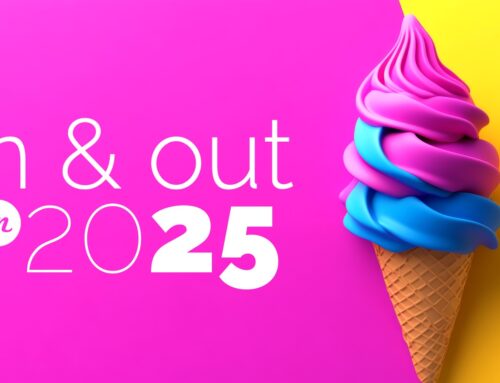How to Develop a Pitch Deck
Here at SlideRabbit, we most commonly work on pitch decks. Every type of client has something to pitch and someone to whom to pitch it. A good pitch presentation stands out, appeals to the audience, and leads with the most attention grabbing info first. Below are some basic tips for how to develop a pitch deck that is both memorable and convincing.
Step 1: Goal
To begin, even before bullet-pointing any ideas, identify the ultimate goal of the presentation. If you don’t feel passionate about the idea, product or investment you are selling, your audience won’t either.
Step 2: Outline
Before throwing a bunch of information directly onto slides, take a step back and gather your thoughts. Outlines help organize ideas and the flow of the presentation. A great pitch deck starts with a well thought-out outline.
Here are some tips on how you should twist the basic outline assets (introduction, body, conclusion) for pitch decks:
Introductions can be tricky. Commonly, speakers waste too much time introducing themselves or the company. This information is not yet important to your audience. Instead, grab their attention by diving right into the problem you intend to solve.
For the body, focus on how you can solve that problem and how it will better their situation. Include things like an overview of the solution, case studies with positive results, and a competitor analysis to prove you are the best choice.
Testimonials and statistics are a surefire way to help support your pitch and help add depth to the presentation.
Always conclude your pitch with a call to action; whether it be to get rolling right now, schedule the next meeting, or sign up for a trial.
Here is a more detailed infographic on what should be included in a pitch outline.
Step 3: Visuals
Once you have a solid foundational outline, it is time to start thinking about the execution. Visuals are a huge part of any presentation. Visuals both hold attention and assist in explaining ideas. We generally remember what we both see and hear better, so use visual aids to echo your most important or convincing information.
The human brain processes visuals 60,000 times faster than regular text, so, as we have before, avoid putting too much text on slides. Pull in as many visuals as possible (images, infographics, etc.) to accompany your script. Make sure that the visuals directly relate to your talking points so that it all works together to convince your audience.
Keep these main steps in mind and you’ll develop a pitch deck that sticks with your audience. If you need help along the way, drop us a line!







Leave A Comment
You must be logged in to post a comment.